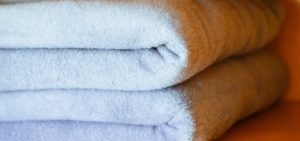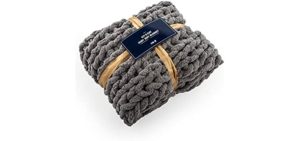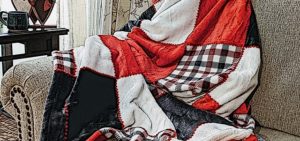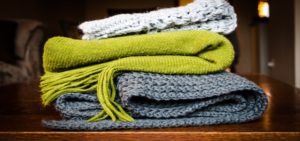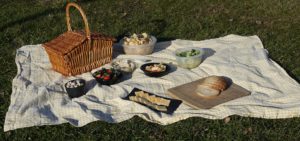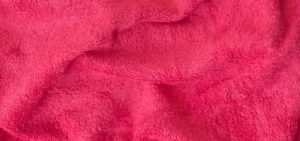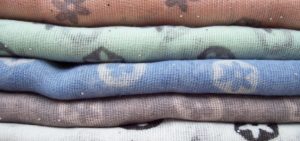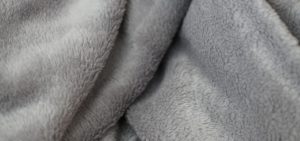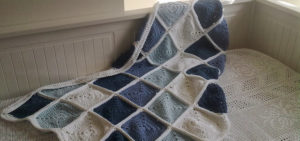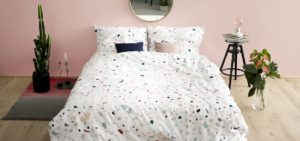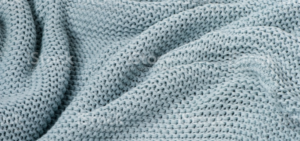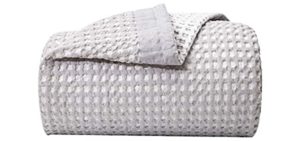Not all blankets are created equal, whether you measure them in terms of quality, price, weight, or warmth. Choosing the best blanket for yourself can be daunting if you don’t’ know what to look for. Read on to find out how to choose the best for you.
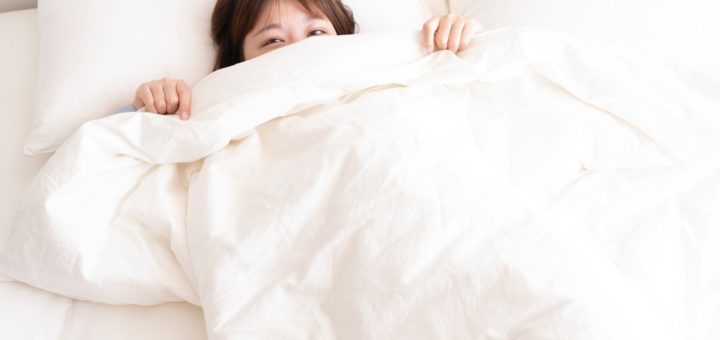
Types of Blankets
Choosing a blanket for yourself is not as simple as it sounds. Firstly, you should know the different types of blankets available in the market.
- Weighted – Weighted blankets are designed with heavy material inside them to provide extra weight. A weighted blanket aims to provide a soothing effect to the body; with the help of the additional weight, that can relax the nervous system, mimicking the sensation of a hug. This heavy filling is usually cushioned between softer materials to ensure the blanket feels soft. Glass beads, Rice grains, and plastic pellets are some of the most commonly used heavy fillings for weighted blankets. Weighted blankets can weigh anywhere from 5 pounds to 30 pounds.
- Electric – Electric blankets are filled with synthetic materials, along with electric heating components. This way, the blankets provide additional heat to the body as needed. You can increase or decrease the temperature as per your wishes.
- Duvet Cover – Duvet covers are thick blankets filled with synthetic fibers, down or feathers, cotton, or wool. These blankets are quilted to keep the filling in place. However, Duvet covers don’t’ show a quilted pattern and are often plain, designed to be put inside a duvet cover.
- Comforter – Comforters are possibly the most popular and commonly used blanket worldwide. They are thick blankets filled with either synthetic materials or down. They come with a quilted weave and design to ensure the filling stays in place. Comforters are lightweight and often inexpensive.
Choosing the Best Blanket: Fabric
Regarding blanket fabrics, the choice can seem a bit endless. Every fabric has its pros and cons. More often than not, it comes to personal preference; the texture and weight should be to your liking, and the production should be in tune with your ethical values. Let’s’ check out the most commonly used blanket fabrics.
- Synthetic – Synthetic fibers were all the rage back in the day. Nowadays, however, they are not the most well-loved option. Still, synthetic fabric has its advantages and disadvantages. The most common synthetic fibers used for blankets are Microfiber, Acrylic, and Polyester. Each of these synthetic materials is designed to maintain warmth, but at the same time, they also hold on to dust, hair, and other debris in the surroundings. They are not very long-lasting and may start to show wear and tear with time. Moreover, synthetic blankets also end up with static electricity quite often. However, synthetic blankets are the most inexpensive choice, so they are ideal for those on a budget. Synthetic blankets are not very sustainable and eco-friendly.
- Cotton – Cotton is the real OG when it comes to bedding. Cotton blankets are sustainably sourced and produced. Depending on the cotton weave, these blankets can provide warmth on a cold day or be ideal for hot summer days. Cotton blankets are sturdy and long-lasting, and suitable for frequent washing. Most cotton blankets are hypoallergenic, especially if made with Organic Cotton.
- Down – Down blankets are filled with layers of feathers and down and a synthetic substitute between the feathers. As feathers protect birds from the onslaught of cold air while flying, the feathers in the blanket also provide insulation from the cold. These blankets are lightweight, much like down comforters, and ideal for people who want warmth without any additional weight. However, natural down blankets are unsuitable for people allergic to feathers; you may have to look for a synthetic substitute.
- Wool – Wool is a natural material that provides heavy insulation against cold. The heavy material keeps the body warm, but the weave and material allow enough space for airflow, letting excess moisture evaporate. Wool blankets are ideal for cold, snowy weather and are best suited to people who like the feel of a heavy blanket. However, some people are naturally allergic to wool, so it’s better to check before buying it. Moreover, wool is an environmentally sustainable material, so no harm is caused to the environment.
Choosing the Best Blanket: Size
Another serious consideration in getting a good blanket is finding the right size. The ideal blanket size should be a few inches longer and wider than the mattress sheet. This way, you’ll’ have enough blankets to tuck in on the sides. However, this is just a general concept. Some people like a large enthat’s lanket to wrap around themselves, while others may not need something that wide. Moreover, blanket size varies between different manufacturing companies as well.
- King – For a king bed, the typical blanket size is 90 x 110 inches (length x width).
- Queen – The typical blanket size for a queen bed is somewhere around 90 x 90 inches in length by width.
- Full – For full size mattresses, your blanket should be atleast 90 x 85 inches, measured in length by width.
- Twin – A twin size blanket, designed for a twin bed, usually measures around 90 x 65 inches in size.
Choosing the Best Blanket: Weave
Although the blanketblanket’sal plays a big role in determining how much warmth and weight it will have, the material’s weave also plays an important role in determining these two factors. Depending on the wave, the material can be insulated or provide enough space for ample airflow. Let’s tLet’s look at the common weaves used in blankets.
- Quilted – Quilted design blankets are the most commonly seen in the market. These blankets are usually made with down, as it can keep the down or substitute in place to keep the blanket evenly filled. Quilted blankets provide a luxurious feel to the blanket while also providing warmth.
- Knit – When you hear about knitted blankets, the mind goes directly to wool blankets. Knit blankets are usually made with wool, though synthetic materials are sometimes used. These blankets are heavyweight and designed to keep in the warmth while maintaining optimal airflow.
- Conventional – The conventional weave is one that is commonly seen in your average blanket. This type of weave provides thorough insulation to prevent body heat from evaporating. It is tightly and closely woven to achieve this effect.
- Thermal – Contrary to the name suggests, thermal weave for blankets is designed to achieve thorough airflow. Thermal blankets show a loose weave to allow the air to circulate easily and ensure freshness, resulting in a lightweight blanket. Such blankets are ideal for summer months as they prevent or minimize sweating.
Table of Contents
